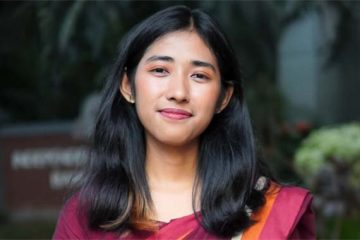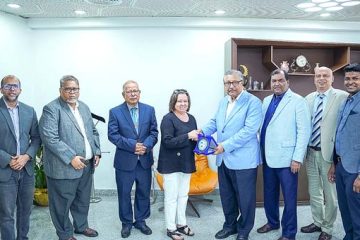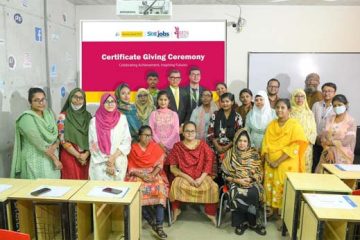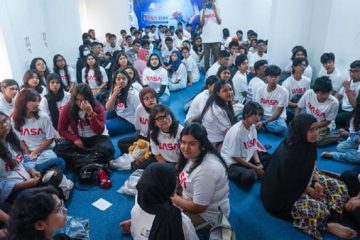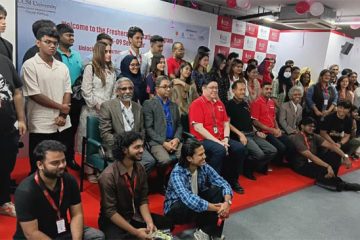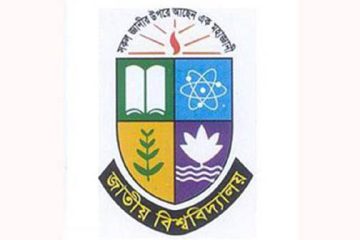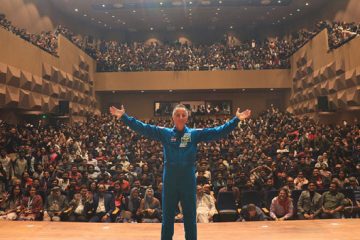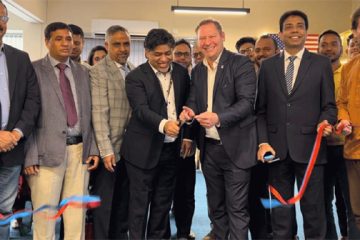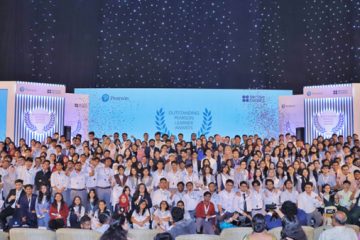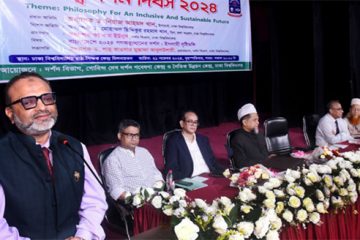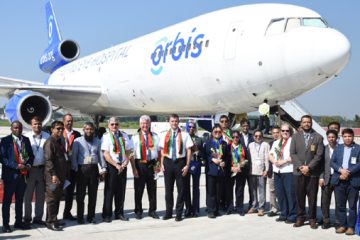Fisheries and Livestock Minister Abdul Latif Biswas on Monday said the country’s 53 percent of fish produced to meet domestic demand come from aquaculture, reports UNB.
“Our fish production was around 27 lakh metric tonnes in fiscal 2008-09 and it increased to 32.62 metric tonnes in 2011-12. We’ve produced about 34 lakh metric tonnes of fish in fiscal 2012-13,” he told a workshop in the city.
Bangladesh Shrimp and Fish Foundation (BSFF) and Poultry and Feed Industry Coordination Committee with support from the Department of Fisheries, Bangladesh Aquaculture Alliance and USAID’s Feed the Future Aquaculture Project jointly organised the workshop titled ‘Fish and Animal Feed Act 2010 and Fish Hatchery Act 2010’ at Bangabandhu Interna-tional Conference Centre.
Chaired by BSFF chairman Syed Mahbudul Huq, the workshop was addressed, among others, by secretary-in-charge of Fisheries and Livestock Ministry Dr Shelina Afroza, FAO representative in Bangladesh Mike Robson, director general of the Department of Fisheries Syed Arif Azad, convener of Poultry and Feed Industry Coordination Committee Moshiur Rahman and president of Bangladesh Aquaculture Alliance Maqsudur Rahman.
Speaking as the chief quest, Latif Biswas said the country’s 11 percent people are directly or indirectly involved in the fisheries sector. “About 4.39 percent of our total GDP comes from fisheries sector. It contributes to 2.46 percent of the country’s total export,” he said.
Latif Biswas said Bangladesh earned Tk 8,704 in revenue by exporting fish and fish products in fiscal 2011-12.
Highlighting government initiatives to boost fish production, he said, “We’ve already brought 180 fish feed producers out of 217 under license aiming to produce safe fish.”
The minister said there are 983 fish hatcheries and 129 shrimp hatcheries in the country, and a total of 488 fish hatcheries and all shrimp hatcheries have been brought under the government registration.
Dr Shelina Afroza said there are nearly 1000 carp hatcheries producing about 6.5 lakh kilogram of spawn, 59 bagda hatcheries producing 820 crore bagda PLs (Post Larvae) and 70 galda hatcheries 125 crore of galda PLs per year.
But, the main challenge currently faced by the industry is the deterioration of quality seeds, she said adding that the poor quality of fish feed has also become a serious threat to the country’s fast-growing aquaculture.
Mike Robson told the workshop that FAO has taken a programme in collaboration with the Department of Fisheries and Bangladesh Shrimp and Fish Foundation for ensuring production and distribution of quality feed and seed for sustainable development of aquaculture in compliance with the internationally accepted food safety standard.
-With The News Today input



